Blogs & News
We are focus on automotive wiring harness & connectors technology.

How Reliable Are Braid Connectors in Actual Vehicle Applications?
- Gvtong Electronic
- 2 Pin Way Car Waterproof Electrical Connector, 3-cavity connectors, 4-wire electrical connectors, 4-wire pigtail connectors, ADAS sensor connectors, Anti-vibration automotive connectors, Automotive shielded connectors, automotive waterproof connectors, Battery management system (BMS) connectors, Blind-mate automotive connectors, Braid Connectors, Braid Connectors in Actual Vehicle, Customized Busbar, Customized sensor components, Customized Structural Parts, Energy Storage Wire, EV charging connectors, GA Series-Aviation Plug Connectors, GB Series-Energy Storage Connectors, GD Series-Combined Power Connectors, GE Series-Signal Connectors, GF Series-Floating Connectors, GH Series-Plastic Connectors, GM Series-Metal Connectors, GR Series-Circular Connectors, GT Series Connectors - others, GVTong Model Connectors, High Pressure Connectors, High Pressure Wire, High-speed data connectors, High-temperature resistant connectors, Industrial Control Connectors, Lightweight automotive connectors, Low Pressure Connectors, Low Pressure Wire, Low-contact resistance connectors, Medical Wire, Model Connectors, Modular automotive connectors, Oil-resistant automotive connectors, Pre-charge/discharge connectors, Precision injection molding/coated parts, Wind And Solar Storage, Wiring harness
- No Comments
How Reliable Are Braid Connectors in Actual Vehicle Applications?
Imagine you’re cruising down the highway when your car’s electrical system starts to falter. The radio cuts out, dashboard lights flicker, and a faint burning smell wafts from under the hood. After pulling over and inspecting the engine bay, you find the culprit: a frayed, flexible wire connecting your battery has failed, causing a short circuit. This wire is a braid connector—a small but critical component in your vehicle’s electrical system. In this 2000-word article, we’ll explore the reliability of braid connectors in actual vehicle applications, diving into their purpose, uses, strengths, potential weaknesses, and real-world performance. By the end, you’ll understand why these components are both indispensable and occasionally fallible in the automotive world.
Introduction to Braid Connectors
Braid connectors are flexible electrical connections crafted from braided wire, typically made of copper or aluminum. Unlike rigid solid wires or bus bars, braid connectors are designed to flex and bend without breaking, making them ideal for environments where movement, vibration, or thermal expansion occurs. In vehicles, these conditions are commonplace—think of an engine humming at high RPMs or a chassis flexing over uneven roads. The braided structure, composed of numerous fine wire strands woven together, provides both durability and conductivity, ensuring a stable electrical path even under stress.So why are braid connectors a go-to choice in automotive design? Their flexibility allows them to connect components that shift relative to one another, while their high current-carrying capacity supports the power demands of modern vehicles. From traditional gas-powered cars to cutting-edge electric vehicles (EVs), braid connectors play a vital role in keeping electrical systems operational. But how reliable are they in practice? To answer that, we need to examine their applications, the factors that influence their performance, and the challenges they face in real-world conditions.
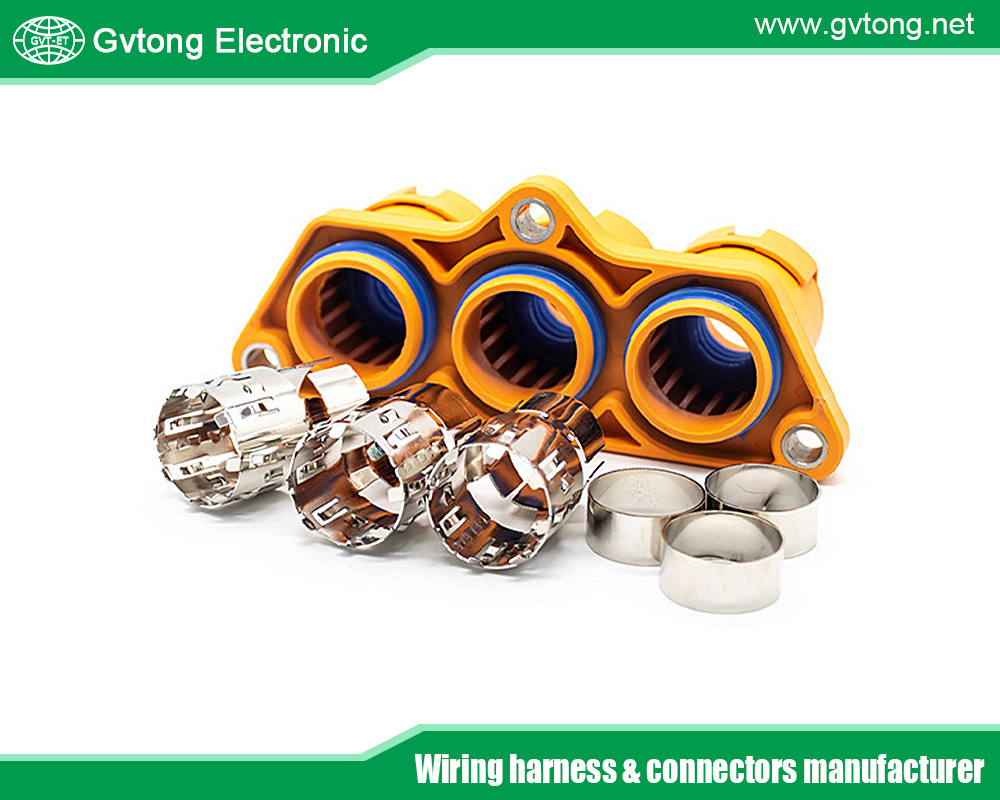
Applications in Vehicles
Braid connectors are deployed in several key areas of a vehicle, each highlighting their unique advantages. Here’s a closer look at their most common uses:
Battery Connections
One of the most visible applications is in battery systems. Braid connectors link the battery terminals to the vehicle’s electrical network, accommodating subtle movements caused by engine vibration or road shocks. This flexibility prevents stress on connection points, reducing the risk of cracks or breaks that might plague solid wire alternatives.
Grounding Straps
Grounding straps are another critical use case. These connectors establish a low-resistance electrical ground between components like the engine block and the chassis. A solid ground is essential for stabilizing the electrical system, preventing voltage fluctuations, and minimizing electrical noise that could interfere with sensitive electronics. Braid connectors excel here because they maintain contact integrity despite the constant motion and flexing inherent in a moving vehicle.
Engine Compartments
In the harsh environment of the engine bay—where temperatures soar and vibrations are relentless—braid connectors shine. They’re often used to connect power-hungry components like alternators and starter motors. Their ability to withstand heat and mechanical stress makes them a reliable choice in these demanding conditions.
Advantages Over Alternatives
What sets braid connectors apart from other options like solid wires or rigid bus bars? Three key benefits stand out:
- Flexibility: They adapt to movement without compromising the connection.
- High Current Capacity: The braided design offers a large surface area, allowing them to handle substantial electrical loads without overheating.
- Fatigue Resistance: Individual strands in the braid move independently, distributing stress and reducing wear from repeated flexing.
These properties make braid connectors indispensable as vehicles evolve, especially with the rise of hybrid and electric models that rely heavily on robust electrical systems.
Reliability Factors
The reliability of braid connectors isn’t a given—it hinges on several critical factors that determine how well they perform in the field. Let’s break them down:
Material Quality
The choice of material is foundational. Copper, prized for its excellent conductivity, is the most common choice, though aluminum is sometimes used for its lighter weight and lower cost (despite its lower conductivity). To combat corrosion—a persistent threat in automotive settings—braid connectors are often plated with tin or silver. This coating enhances durability and ensures consistent electrical performance over time.
Design Considerations
The construction of the braid itself matters immensely. Factors like the weave pattern (tight or loose), wire gauge, and number of strands influence both flexibility and strength. A tightly woven braid might offer greater durability, while a looser weave prioritizes flexibility. The terminals—where the braid attaches to other components—must also be robust, securely crimped or soldered to prevent loosening under vibration or thermal cycling.
Environmental Factors
Vehicles expose braid connectors to a gauntlet of challenges: scorching heat under the hood, freezing cold in winter, humidity, road salt, and chemicals like oil or coolant. Mechanical stress from vibration or impact adds another layer of complexity. Over time, these conditions can degrade the connector, increasing resistance or leading to outright failure if not properly accounted for in the design.
Testing and Standards
To ensure reliability, manufacturers rigorously test braid connectors against real-world conditions. Standards from organizations like the Society of Automotive Engineers (SAE) or the International Organization for Standardization (ISO) set benchmarks for performance. Common tests include:
- Thermal Cycling: Repeated heating and cooling to mimic engine bay conditions.
- Vibration Testing: Simulating road and engine vibrations at varying frequencies.
- Corrosion Resistance: Exposure to salt spray or other corrosive agents.
A braid connector that passes these tests is more likely to hold up in a vehicle, but real-world variables can still push them to their limits.
Potential Issues and Failures
Despite their strengths, braid connectors aren’t immune to failure. Understanding these pitfalls is key to assessing their reliability:
Corrosion
Moisture, salt, and chemicals can corrode the braid or its terminals, raising electrical resistance and potentially causing overheating. In severe cases, corrosion can sever the connection entirely, leading to system malfunctions. Proper plating and sealing can mitigate this, but exposure in harsh climates—like coastal regions with salty air—remains a risk.
Fatigue
The very flexibility that makes braid connectors valuable can become a liability over time. Repeated bending or vibration can cause individual strands to fracture, gradually reducing the connector’s capacity. If the braid isn’t designed for the specific range of motion in its application, fatigue failure becomes more likely.
Improper Installation
Human error can undermine even the best-designed connector. An undersized braid might overheat under load, while over-tightening terminals can damage the braid or create stress points. Loose connections, meanwhile, invite arcing and increased resistance. Proper sizing and installation techniques are non-negotiable for reliability.
Consequences
When braid connectors fail, the impact can range from inconvenient to catastrophic. A broken battery connection might leave you stranded, while a faulty ground strap could disrupt electronics or cause erratic behavior in safety systems. In rare cases, a short circuit from a damaged braid could spark a fire—a sobering reminder of their importance.
Case Studies and Real-World Examples
To gauge the reliability of braid connectors, let’s explore some real-world scenarios:
Example 1: Electric Vehicle Battery Connections
In electric vehicles, braid connectors link high-voltage batteries to the powertrain, handling massive currents in a high-vibration environment. A leading EV manufacturer reported that their braid connectors, made from high-quality copper with advanced corrosion-resistant plating, showed exceptional reliability over years of operation. Rigorous testing—simulating thousands of miles of driving—confirmed their durability, making them a trusted component in EV design.
Example 2: Grounding Strap Failure in a Pickup Truck
Not all stories are success tales. A major truck manufacturer once issued a recall after discovering that grounding straps in some models corroded prematurely. Exposed to road salt and moisture, these braid connectors developed resistance issues, leading to engine misfires and electrical glitches. The fix? Redesigned straps with better materials and enhanced terminal sealing. This case highlights how environmental factors can expose weaknesses if not addressed upfront.
Example 3: Aftermarket Audio Systems
In the aftermarket world, enthusiasts upgrading their cars with powerful audio systems often add braid connectors for extra battery power. When low-quality or undersized connectors are used, failures like overheating or melted insulation can occur. One documented instance saw a car’s electrical system fail mid-drive due to an inadequate braid connector, underscoring the need for proper engineering even in custom applications.These examples reveal a dual reality: braid connectors can be incredibly reliable when designed and installed correctly, but they’re vulnerable when corners are cut or conditions exceed their specs.
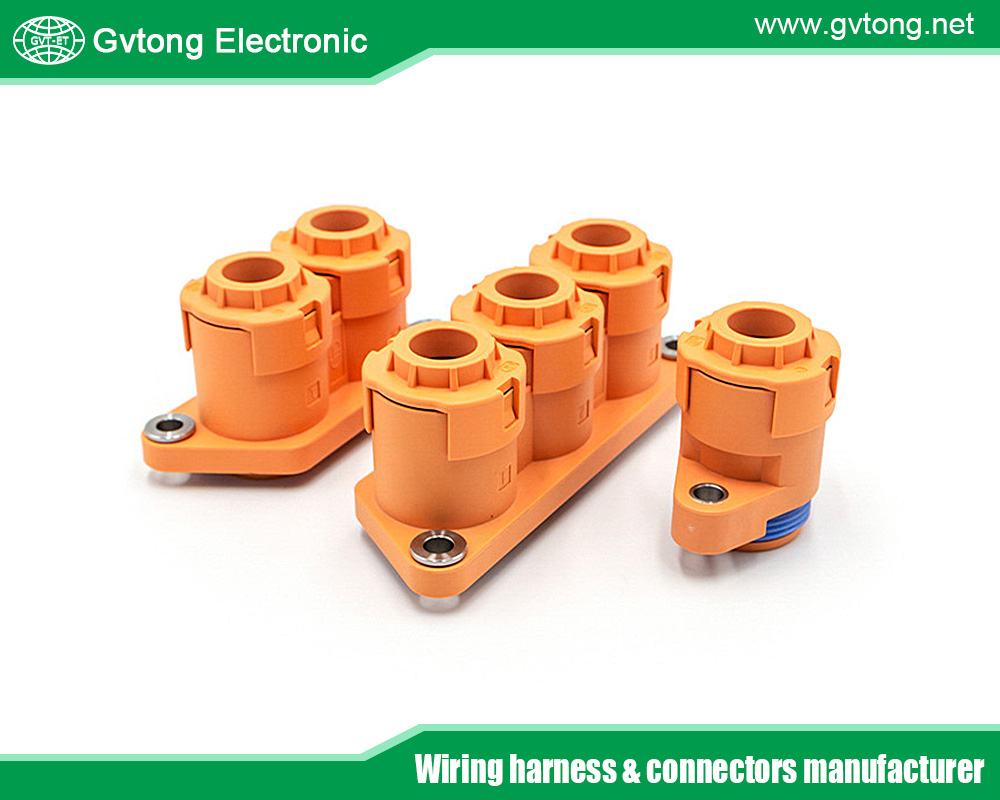
Conclusion
Braid connectors are unsung heroes in the automotive world, delivering flexible, durable electrical connections where rigid alternatives would falter. Their ability to handle high currents, resist fatigue, and adapt to movement makes them essential in everything from battery hookups to engine bay wiring. Yet, their reliability isn’t absolute—it’s shaped by material quality, thoughtful design, environmental resilience, and meticulous installation.In practice, braid connectors prove their worth daily in millions of vehicles. When engineered to withstand the rigors of automotive life—vibration, heat, and corrosion—they perform admirably, as seen in high-stakes applications like electric vehicles. But failures, whether from corrosion in a salty winter or fatigue in an overworked engine bay, remind us that they’re not invincible. Regular maintenance, quality components, and adherence to standards are the keys to unlocking their full potential.As cars grow more electrified and complex, braid connectors will only become more critical. Advances in materials—like improved alloys or coatings—and smarter designs promise to boost their reliability further. For now, they strike a balance between adaptability and dependability, proving that even the smallest parts can have a big impact on a vehicle’s performance.So, how reliable are braid connectors in actual vehicle applications? When done right, they’re a cornerstone of automotive electrical systems—flexible, robust, and ready for the road ahead.
For more about how reliable are braid connectors in actual vehicle applications, you can pay a visit to Gvtong at https://www.gvtong.net/ for more info.
Recent Posts
How Automotive Multi-Pin Connectors Work?
How Modular Automotive Connectors Power the Modern Automotive Revolution
Tags
Recommended Products
-
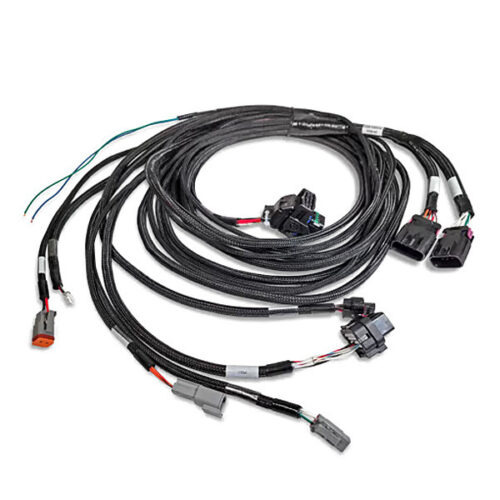
Automotive low pressure wiring harness
-
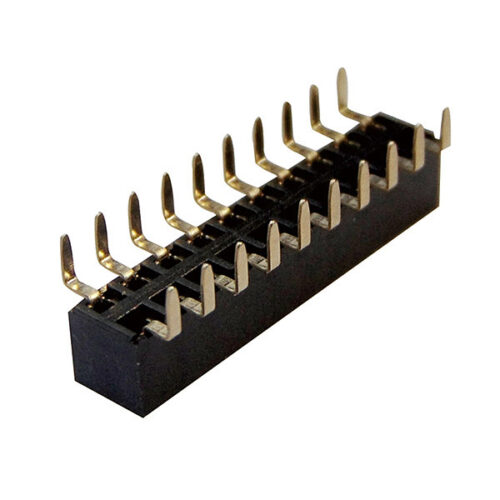
Pin header and female header
-
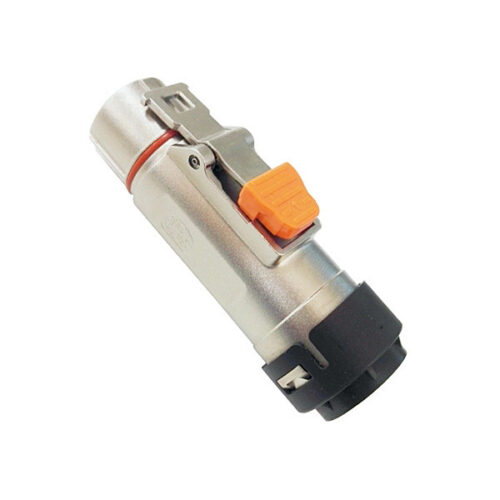
Straight metal connector-10mm-single core
-
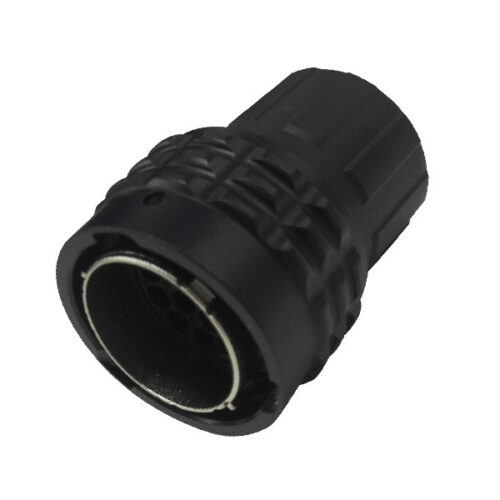
GR Series-12-core 14# circular signal connector
-
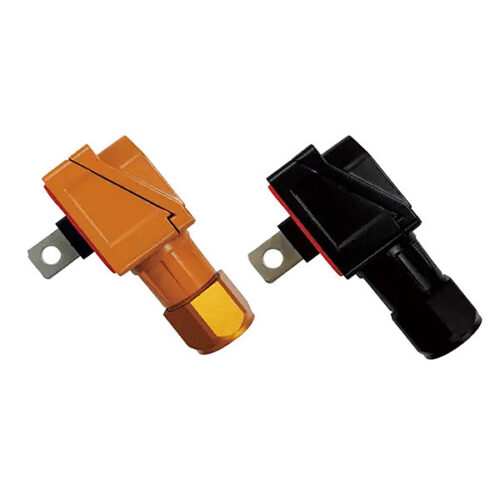
Positive and negative terminal box – oblique opening
-
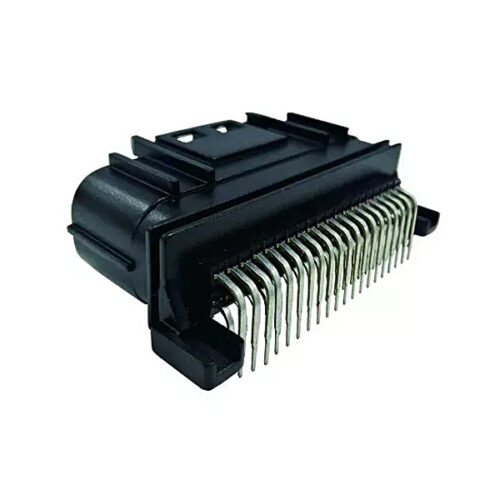
GE double row 40pin signal connector socket
-
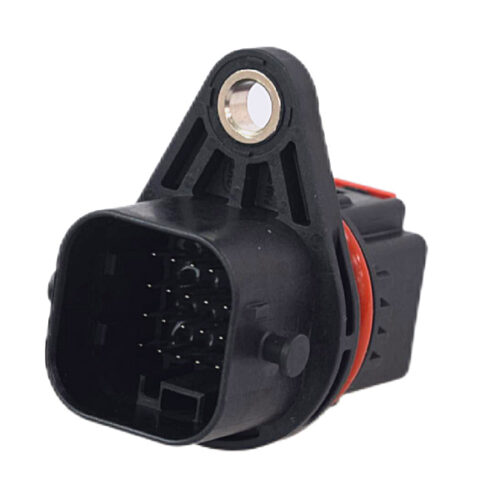
GE Series-24-core cylinder connector
-
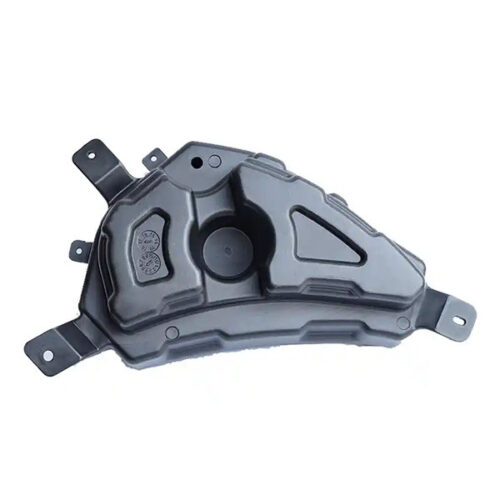
EV’s Plastic Injection Parts
